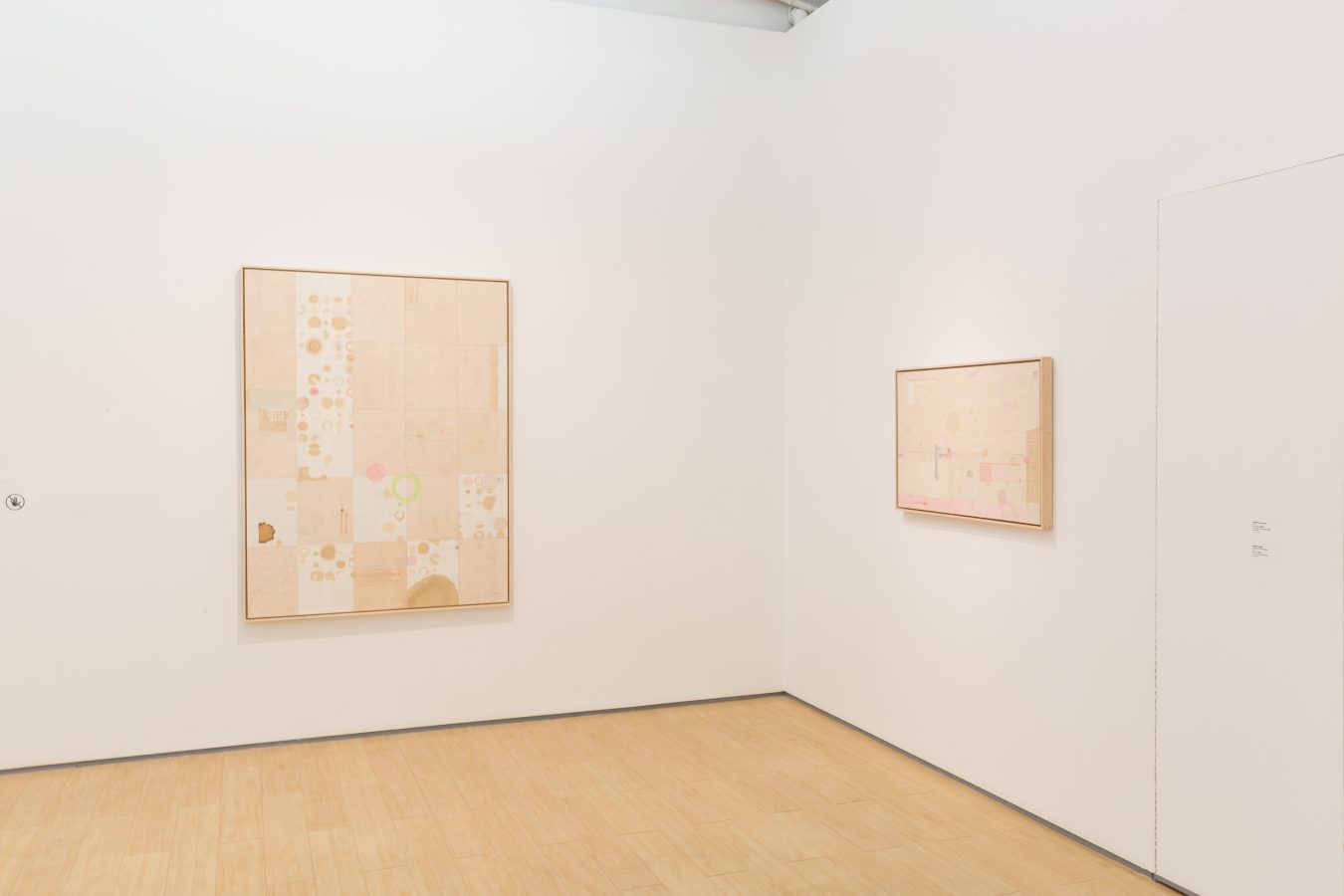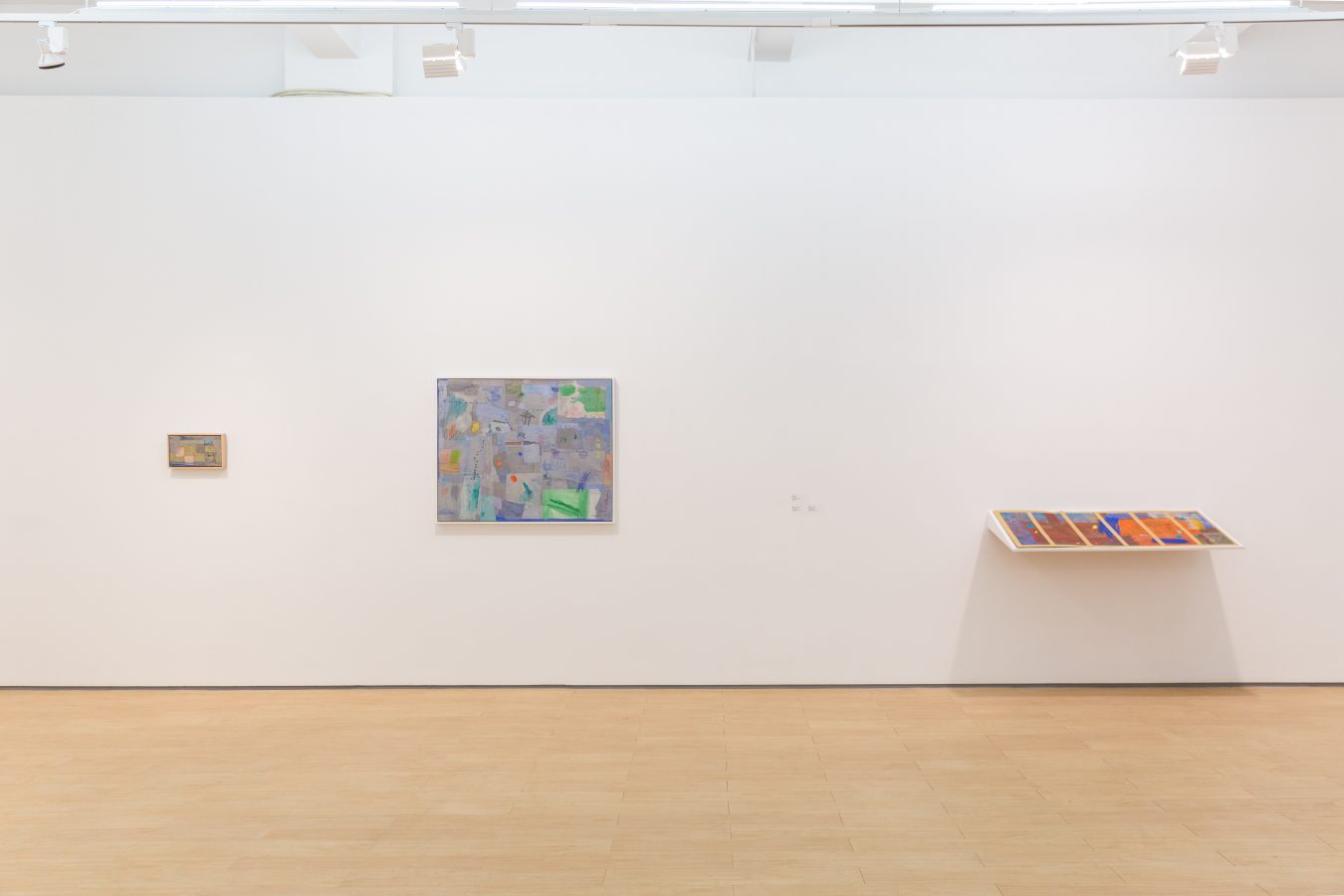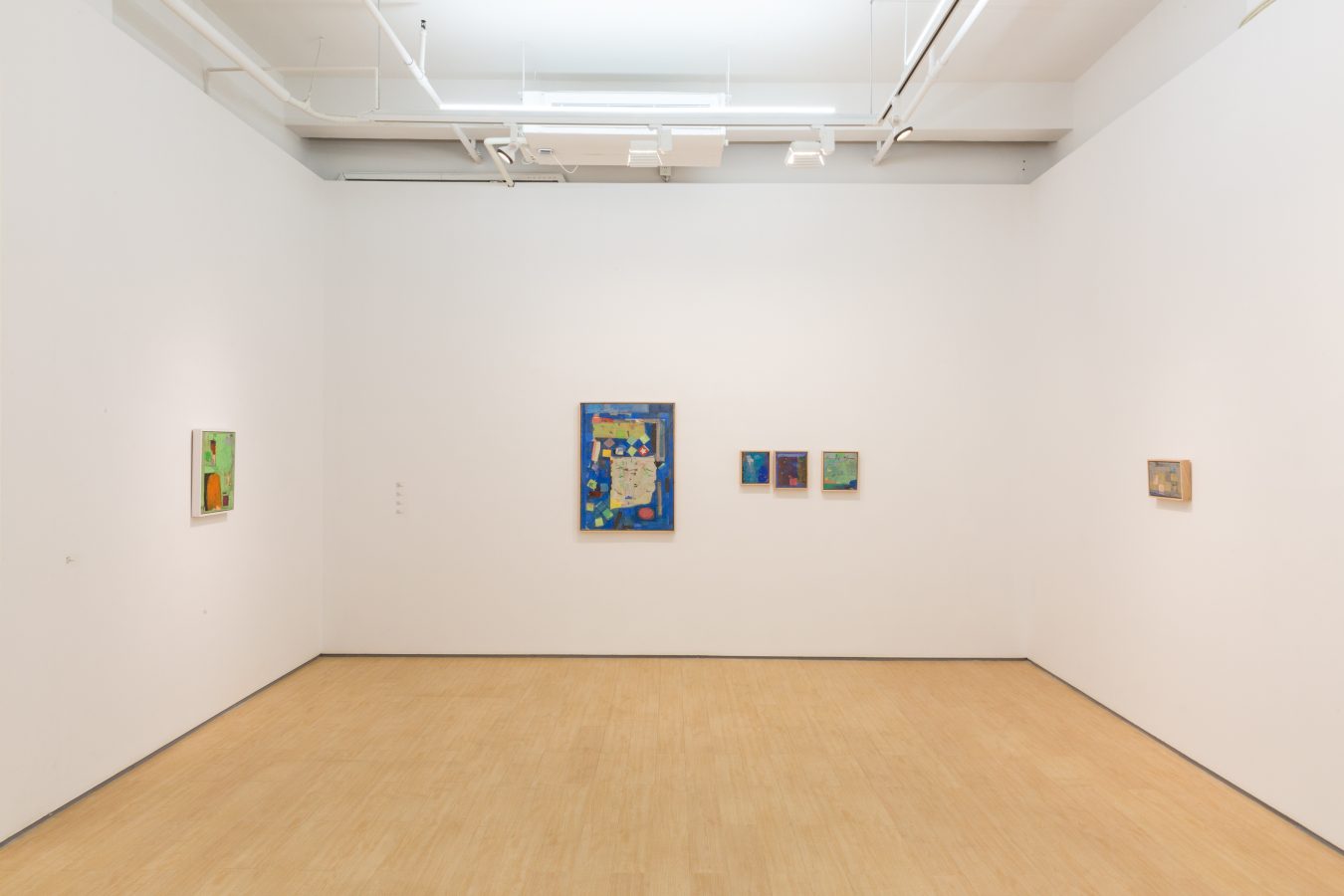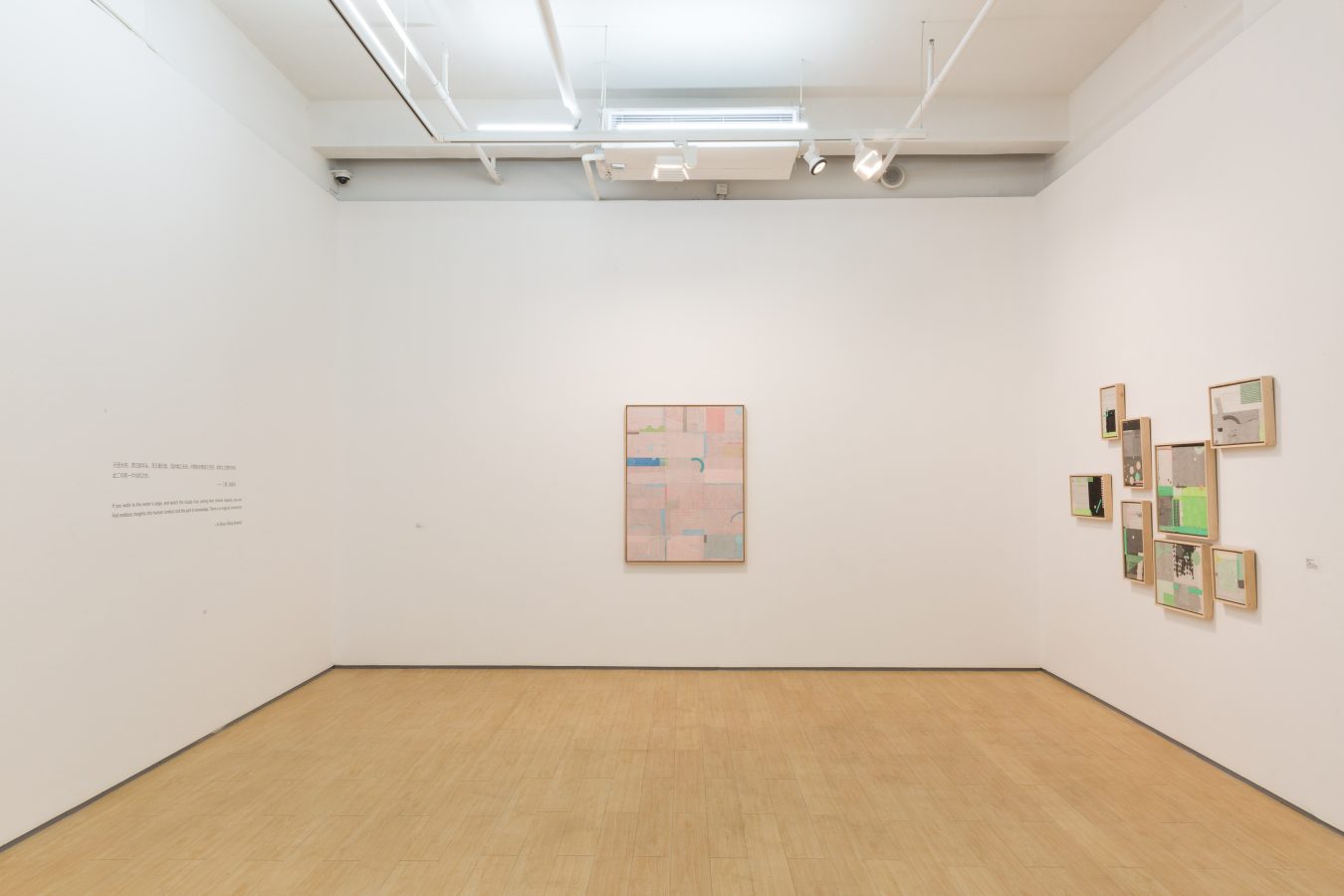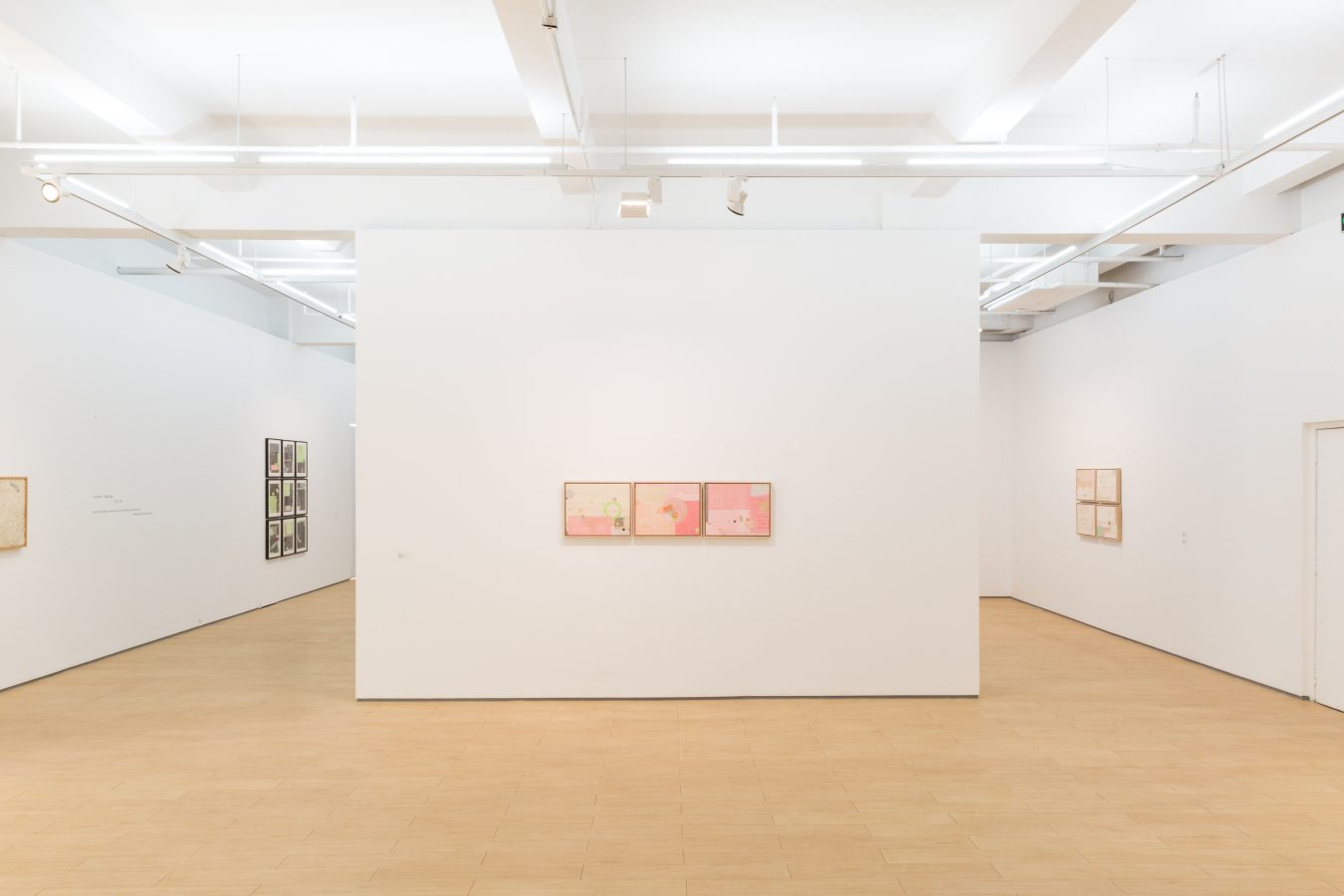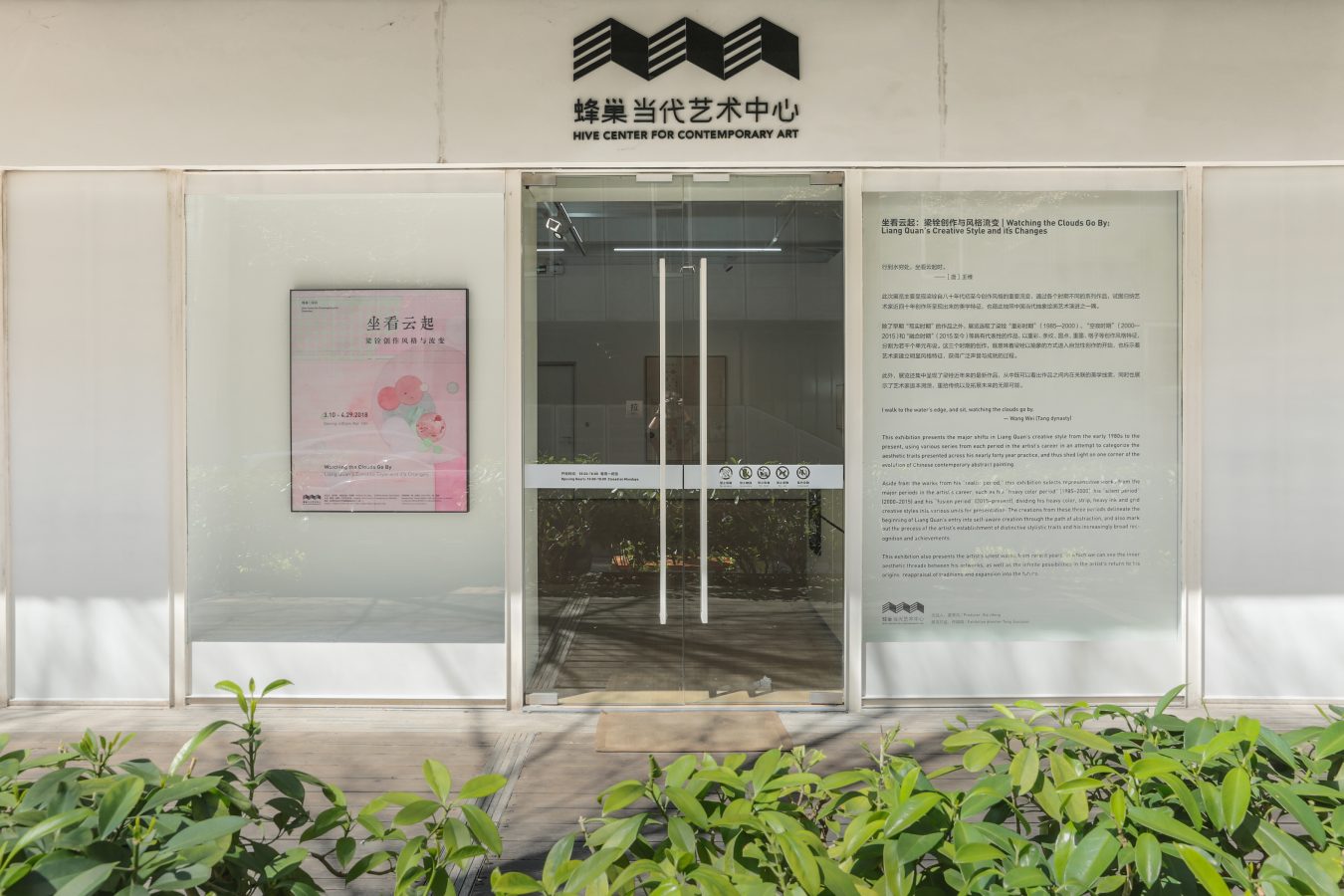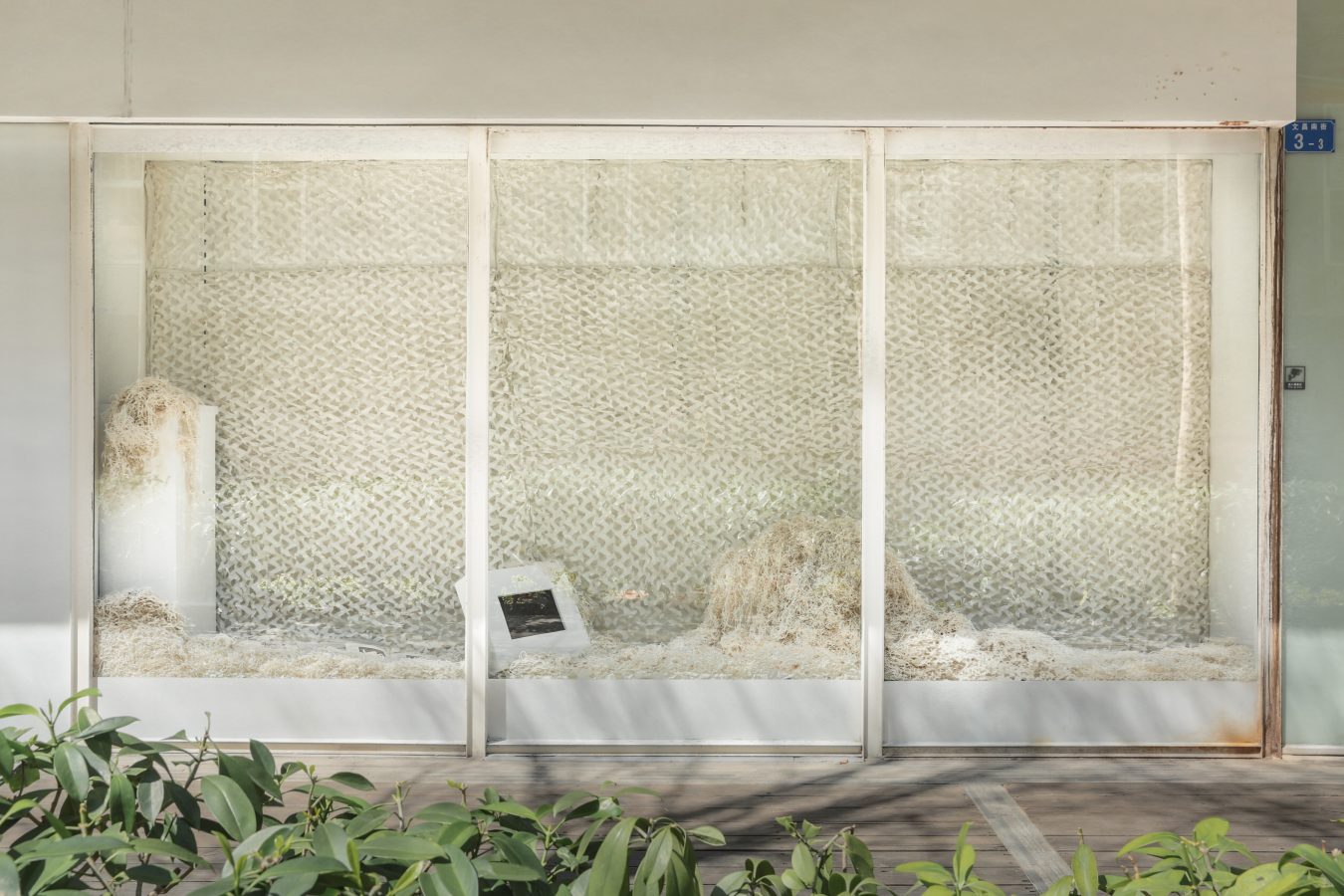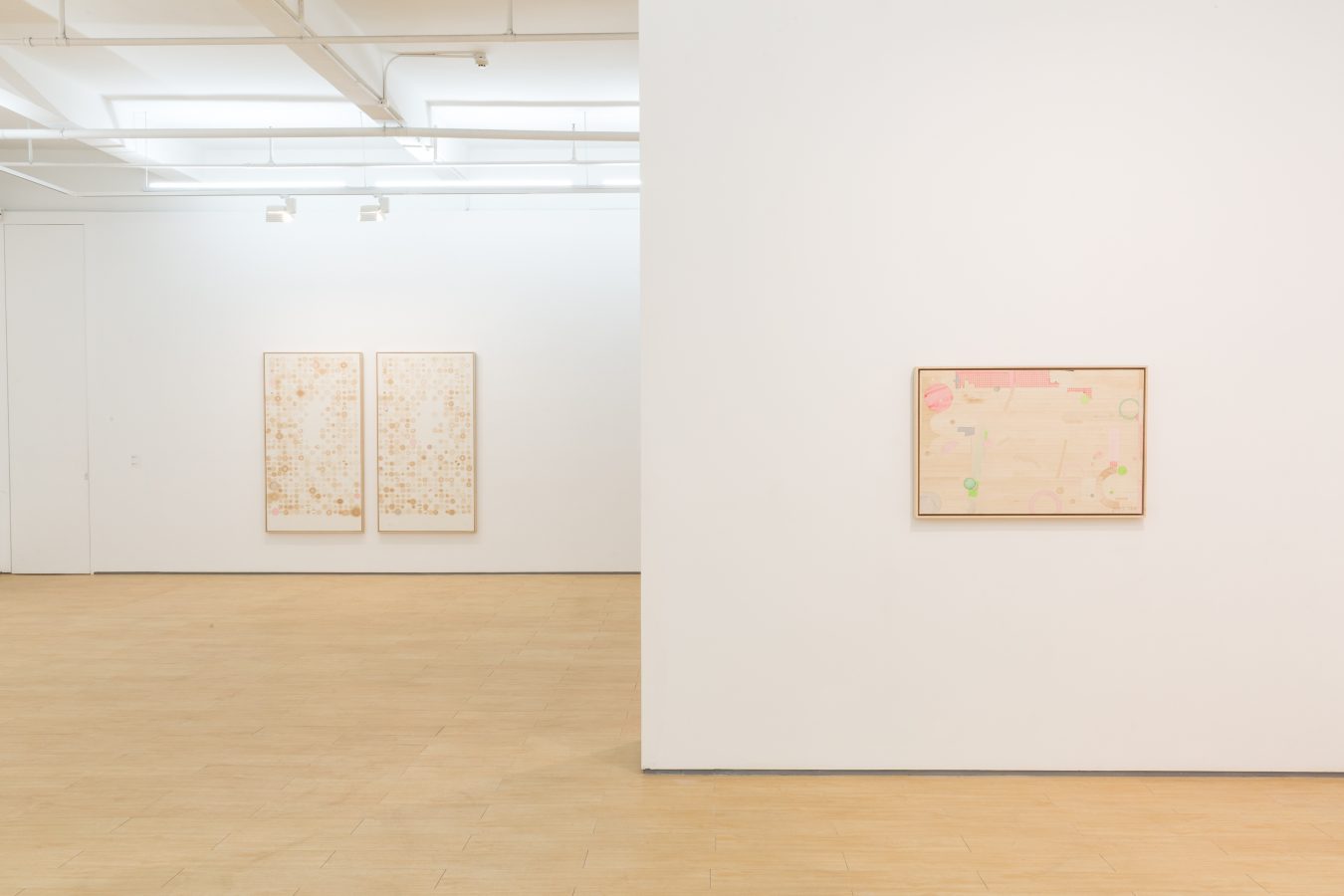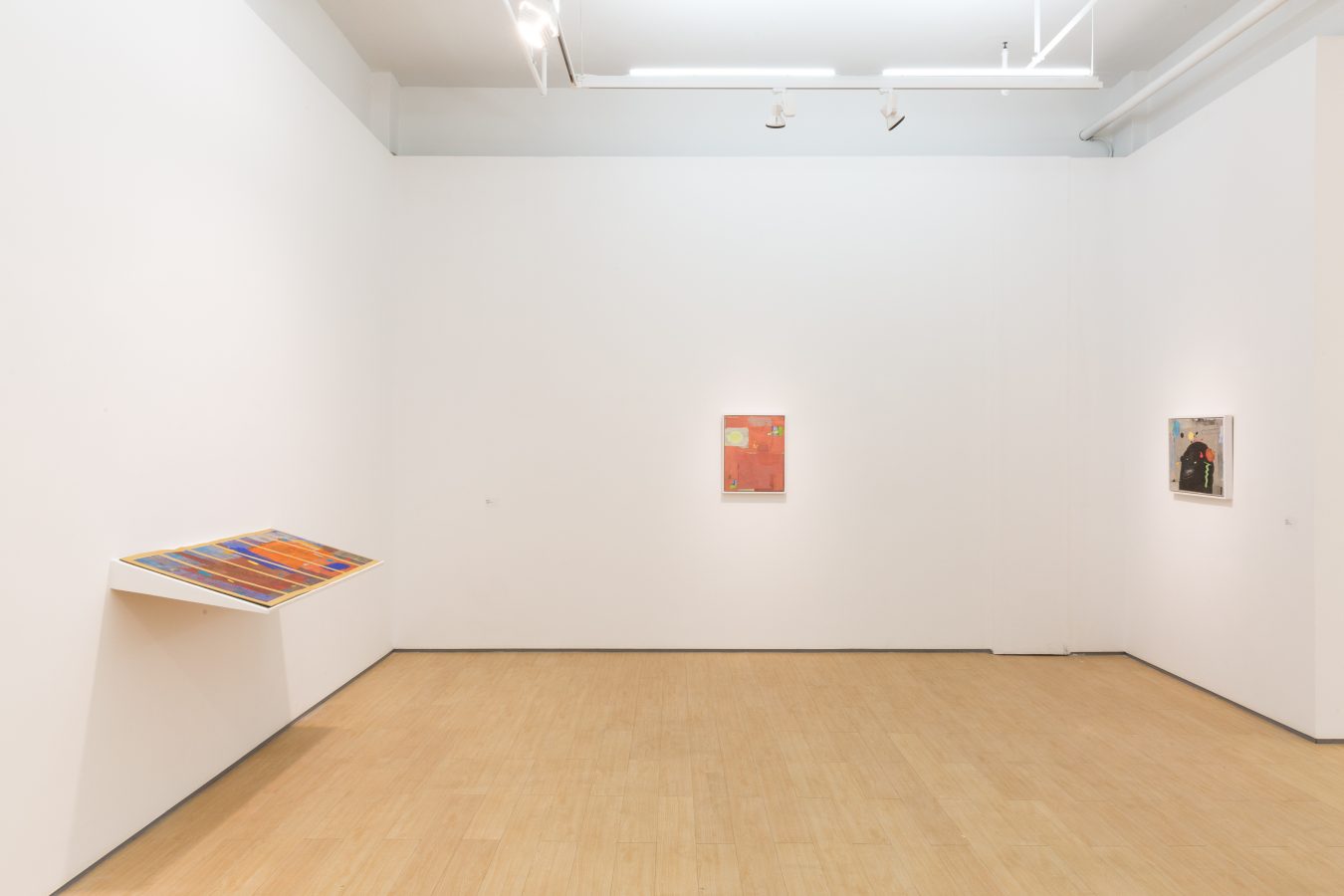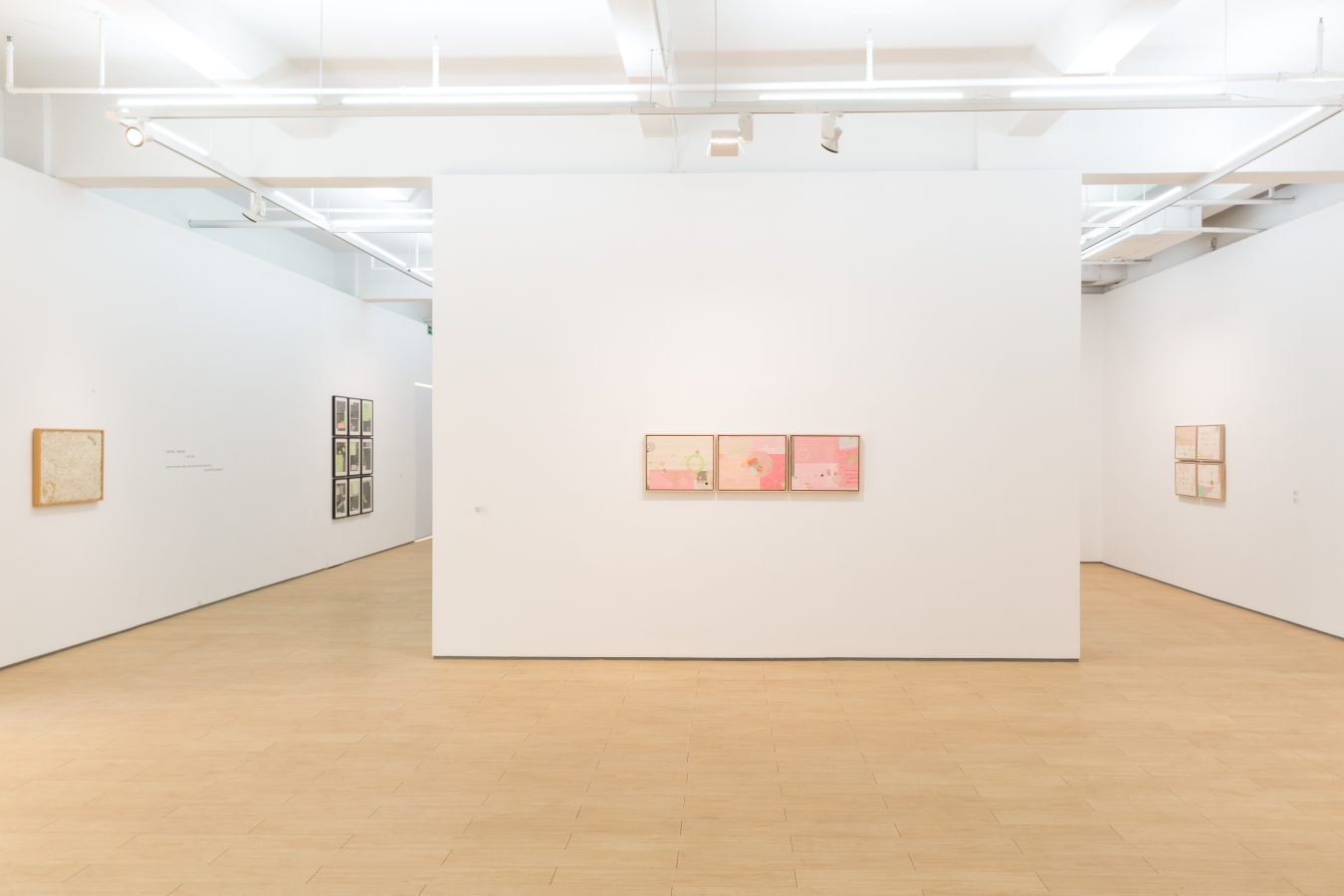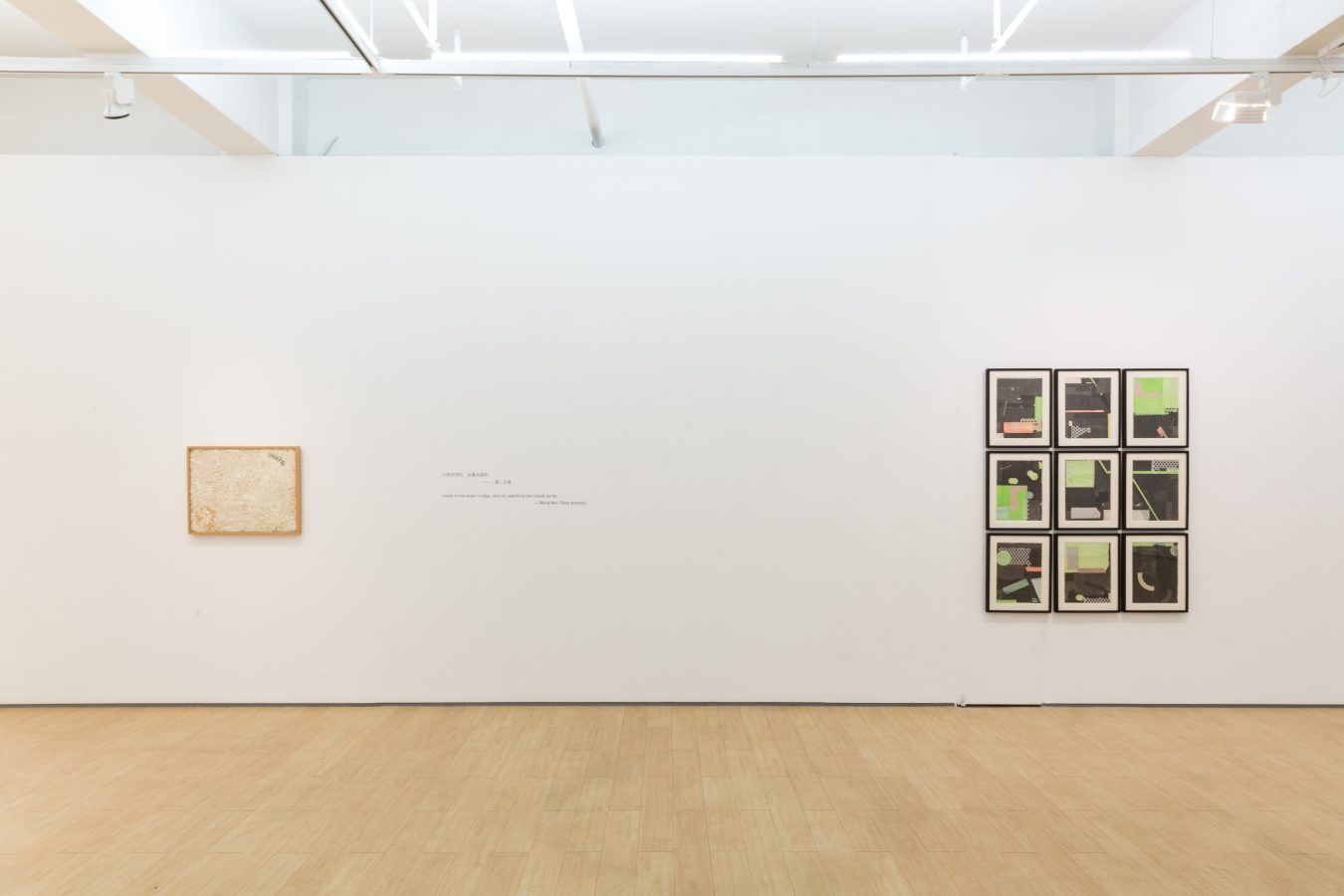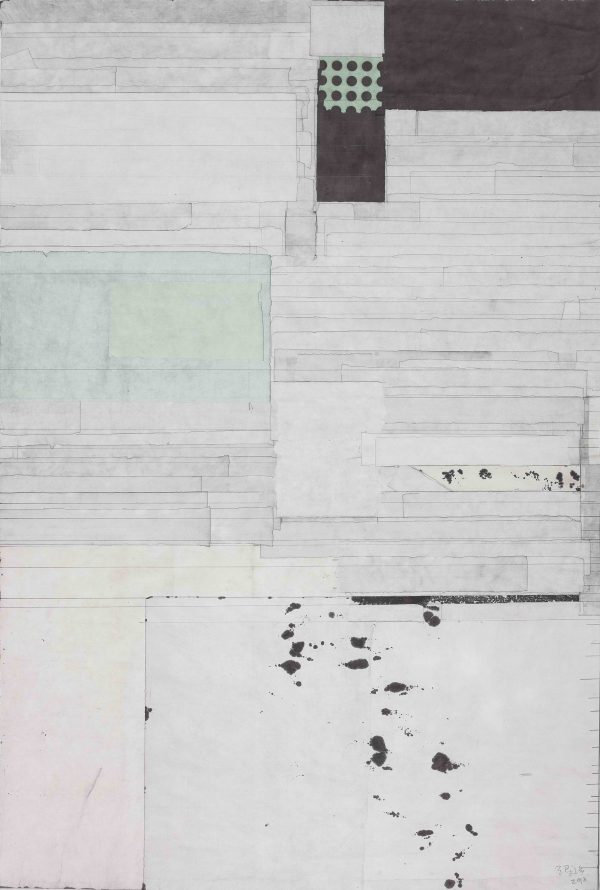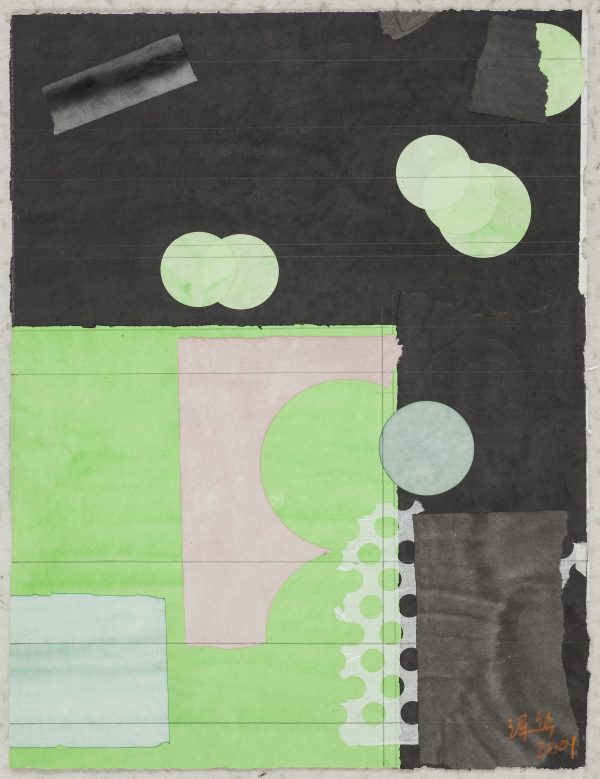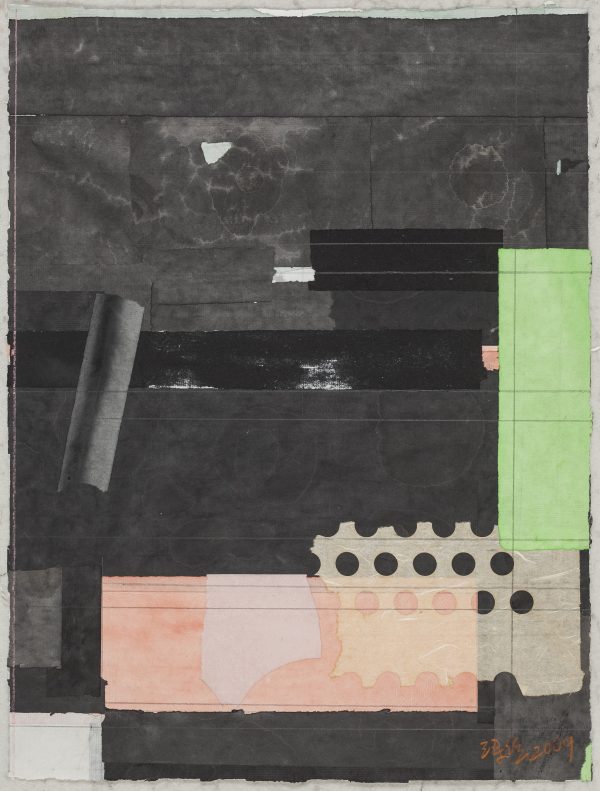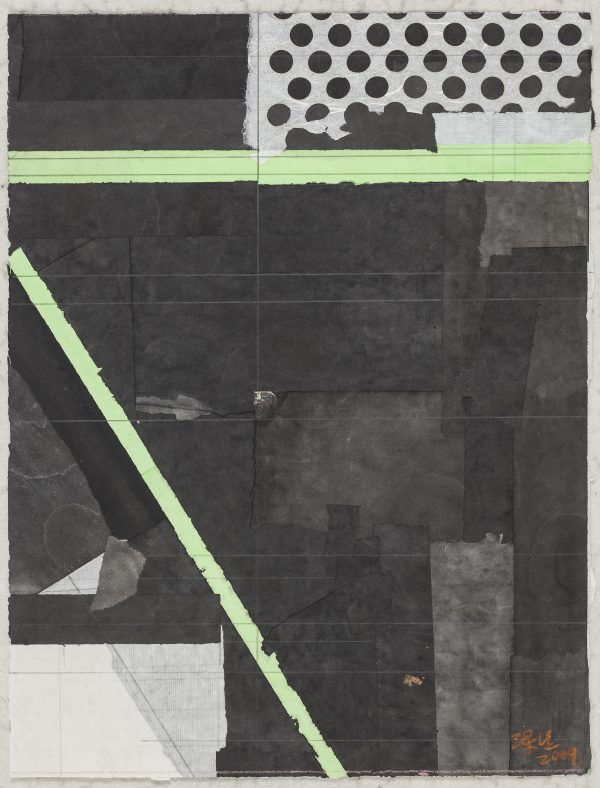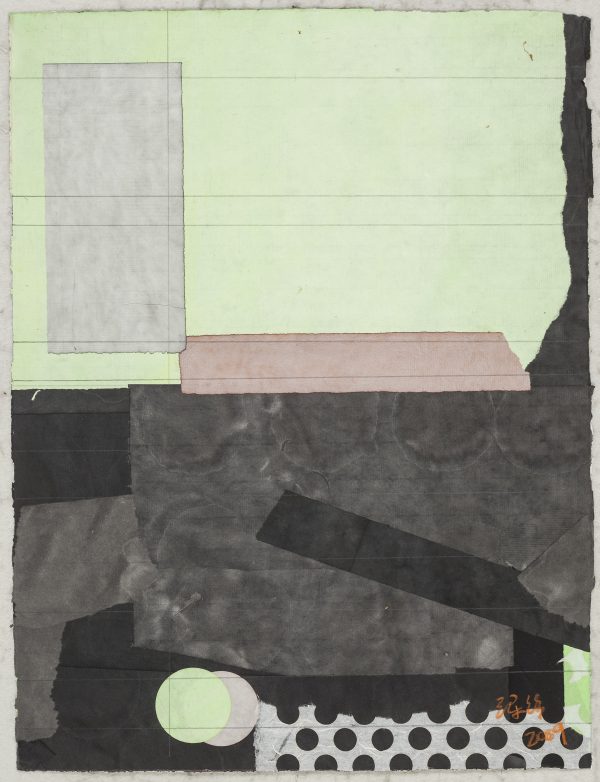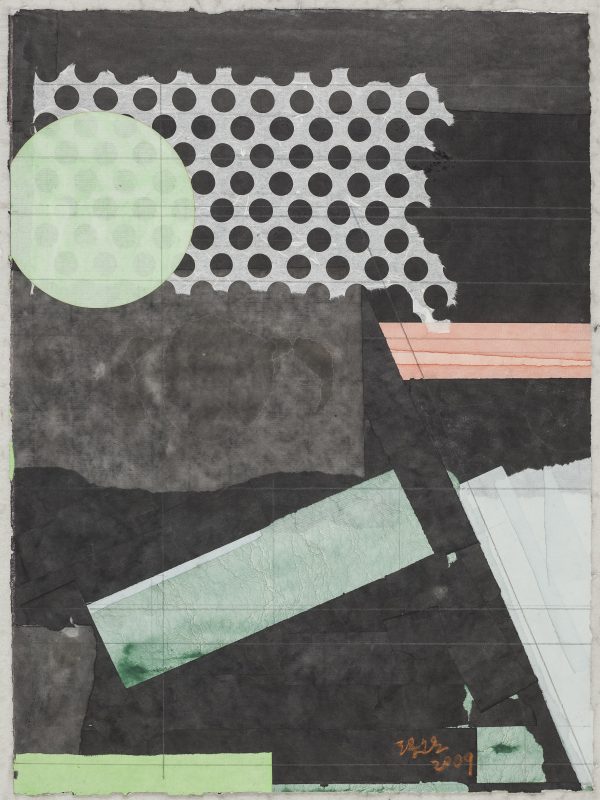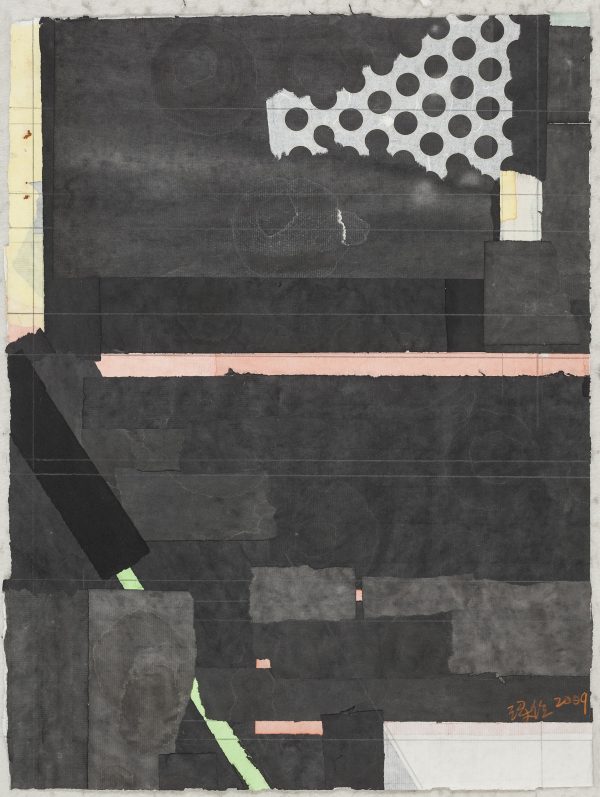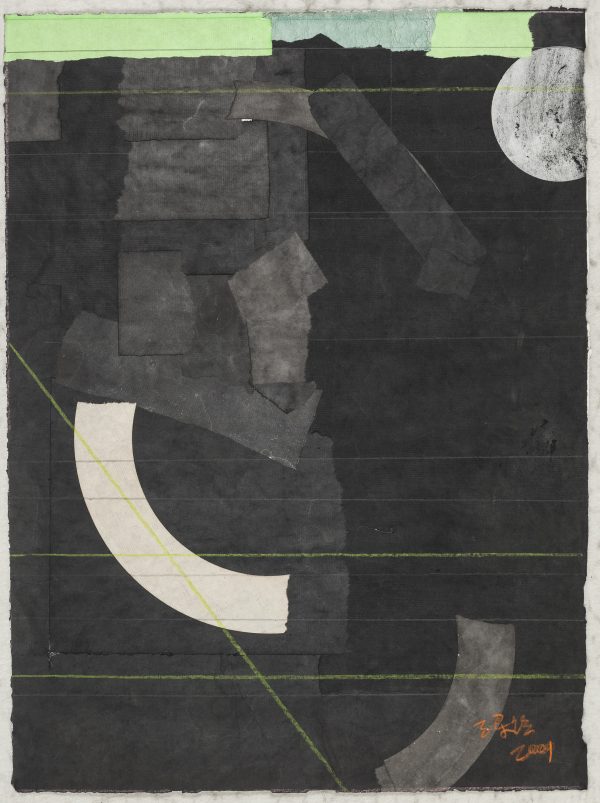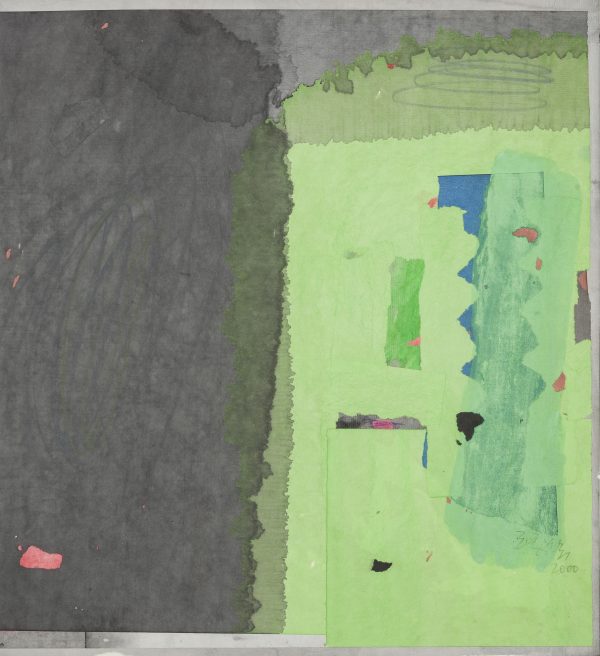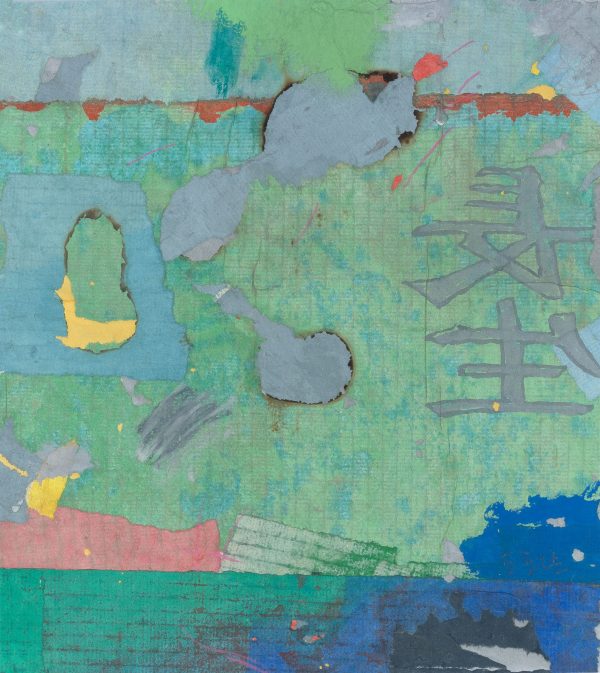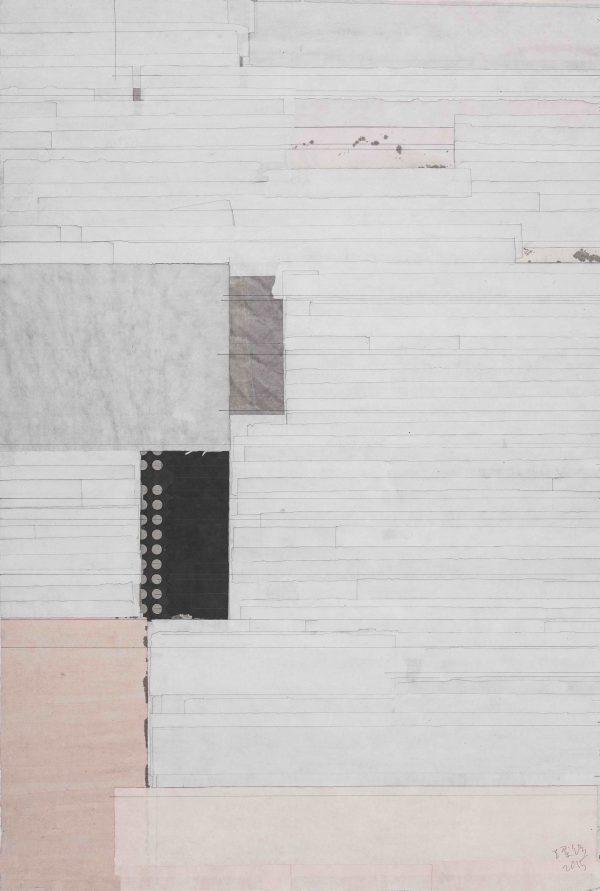
Liang Quan
2015. Ink, color and rice paper collage. 90×60cm.
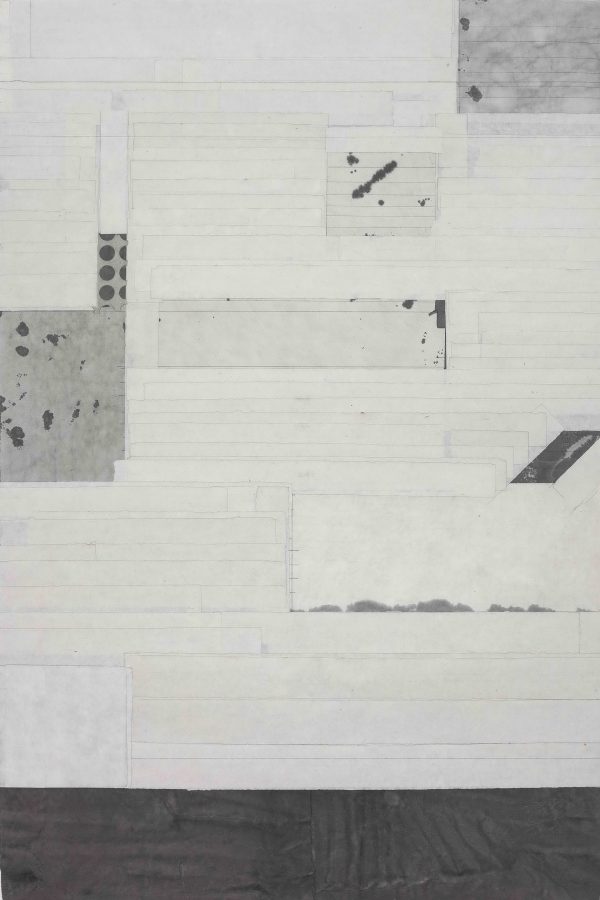
Liang Quan
2014. Ink, color and rice paper collage. 90×60cm.
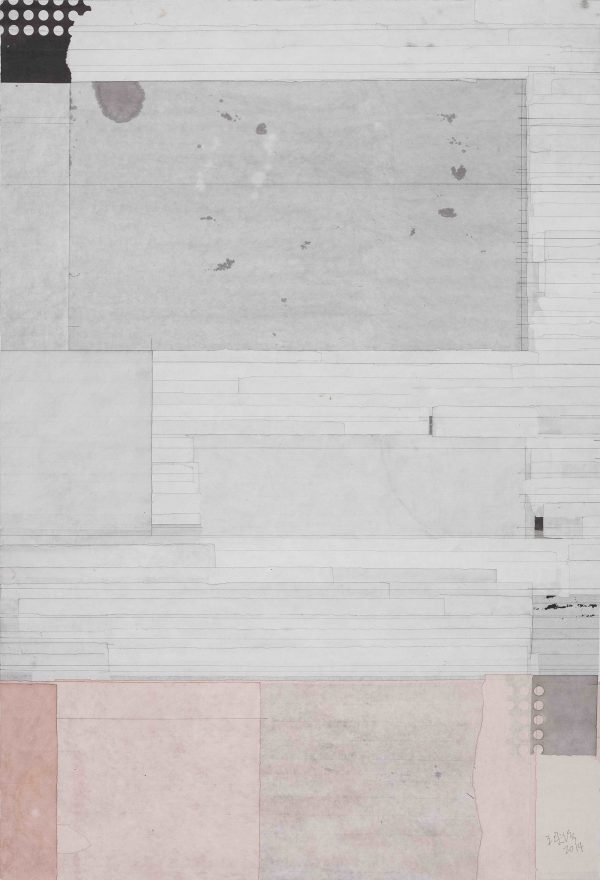
Liang Quan
2014. Ink, color and rice paper collage. 90×60cm.
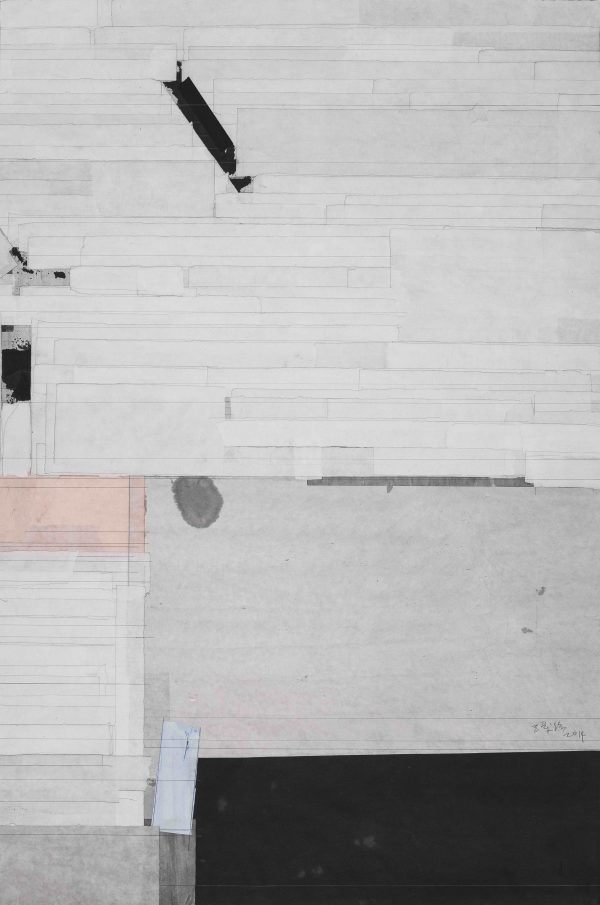
Liang Quan
2014. Ink, color and rice paper collage. 90×60cm.
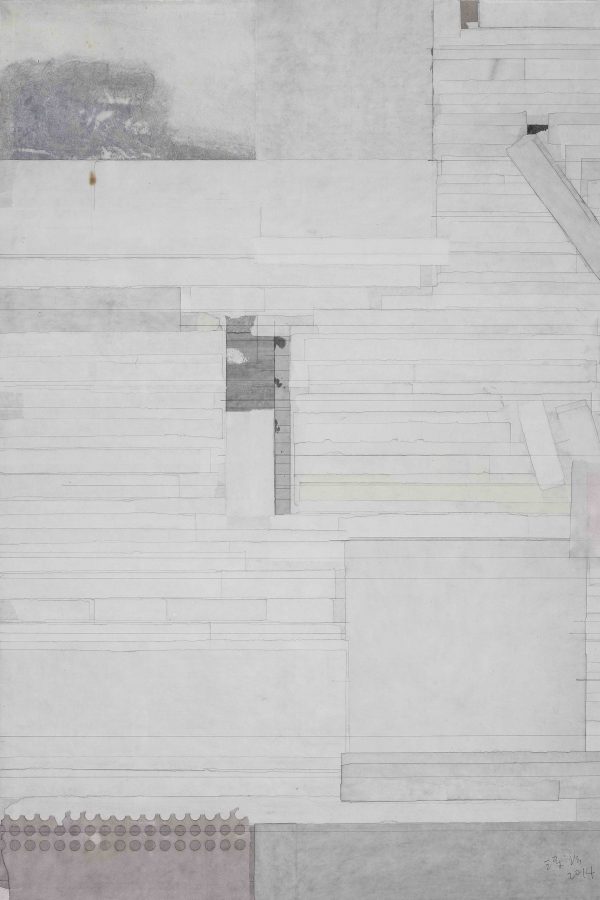
Liang Quan
2014. Ink, color and rice paper collage. 90×60cm.
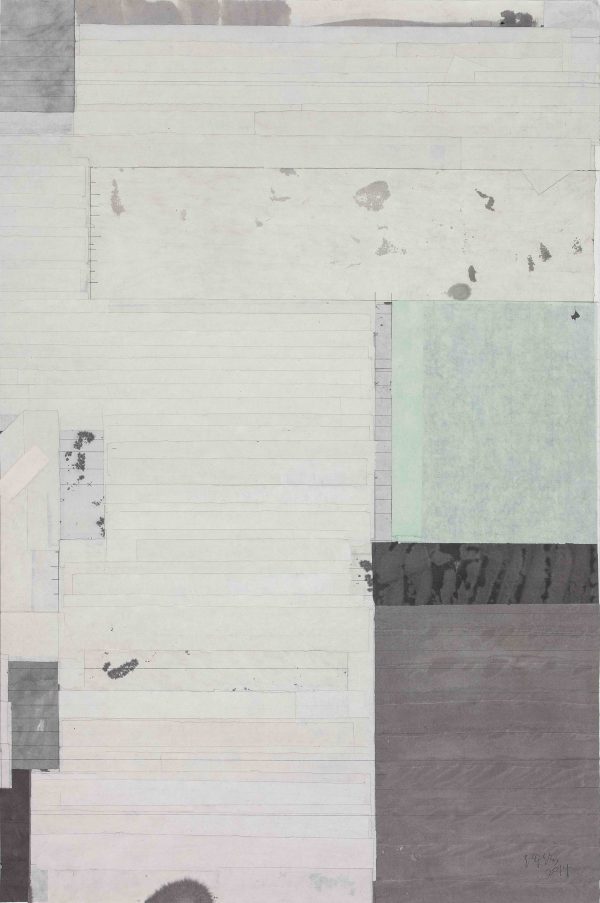
Liang Quan
2014. Ink, color and rice paper collage. 90×60cm.
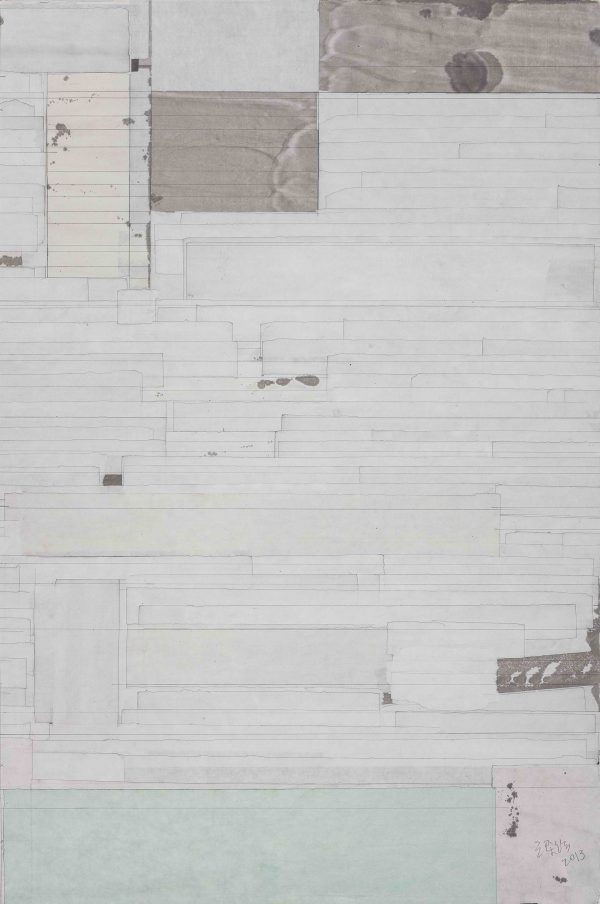
Liang Quan
2013. Ink, color and rice paper collage. 90×60cm.
Hive Center for Contemporary Art (Shen Zhen) is pleased to announce LiangQuan’s solo exhibition “Watching the Clouds Go By: Liang Quan’s Creative Style and it’s Changes”, which will be open on 10th March.Before this, Hive Center for Contemporary Art presented the exhibition Amassing the Essence: Thirty Years of Paintings by Liang Quan, which was a rather systematic reckoning of the artist’s unique educational experience and stylistic traits. Then, the 2017 exhibition Arcadia Revisited: Liang Quan and the Eight Views of Xiao and Xiang Rivers, was a concentrated look at the contextual relationship between Liang Quan’s creative system and Chinese traditional aesthetics through the lens of the traditional theme of the Xiao and Xiang Rivers.. This exhibition, Watching the Clouds Go By: Liang Quan’s Creative Style and its Changes, as the title suggests, presents the major shifts in Liang Quan’s creative style from the early 1980s to the present, using various series from each period in the artist’s career in an attempt to categorize the aesthetic traits presented across his nearly forty year practice, and thus shed light on one corner of the evolution of Chinese contemporary abstract painting.
Born in 1948, Liang Quan is the one of the first Chinese contemporary artists who studied in America after Chinese Cultural Revolution. Also he is one of the first Chinese artist who have engaged in abstract works. The utilization of the rhetoric of dual East-West cultural heritage and intertextuality became the crux of establishment of Liang’s artistic style. This exhibition will show Liang’s contribution and practice in translating the Western Abstract language to the East using Liang’s masterpieces from different phases.
Before he studied abroad in the United States, Liang Quan’s early creations were influenced by the Soviet painting styles of the Itinerants and the New Soviet School. His works from this period were marked by the Socialist Realist creative traits advocated at the time, as well as the unavoidable limitations of the era. This creative period could be described as his “realist period.” The abstract paintings that he began making in the 1980s and has continued to create to this day, mark the period of the artist’s creative self-awareness, as well as his establishment of distinctive stylistic traits and his increasingly broad recognition and achievements. Liang Quan’s nearly forty year creative career can be roughly divided, according to stylistic traits, into the three main periods below:
- Heavy Color Period (1985–2000)
In his creations from this period, Liang Quan was evidently influenced by the Bay Area Figurative Movement, German Neo-Expressionism, ancient Chinese rock paintings, and Paul Klee, among others. Western color constructs and the imagery of Chinese paining came together in his works, with fragments of traditional painting and calligraphy, graffiti-esque marks and lines, traces of burning, and tinted scroll paper stacked together to create a powerful visual effect. The tastes on display in these works coincided to a certain extent with the rebellious spirit and sense of Chinese social crisis of the artistic “explosion” of the 1980s and 90s, while also bringing new significance and visual experience to the abstract art scene that was then quite deprived in China.
- Silent Period (2000–2015)
At the turn of the millennium, Liang Quan’s creations entered a new period. The shift was so great that it gave the impression he was setting out in a completely opposite academic direction. The creative style of this time could be summarized as fading from great revelry to tranquility and stillness. It is said that the catalyst for this shift was a washboard Liang Quan received from his grandmother. Though he continued to use the creative elements of scroll paper, colors, ink, painting and collage, we see a major shift in material form. The large blocks of scroll paper from before gave way to torn strips, while the dazzling colors were replaced by hushed tones. As he discarded the traditional formulas of ink painting, a schema of torn strips of scroll paper dyed with heavily diluted ink collaged together arose to construct a rational, controlled abstract visual world, one that is tranquil, serene and distant, and yet full of tension and beauty in its lines, seemingly small and finite, yet infinitely refined and substantive. Liang Quan hoped to turn the style of his artworks from “fullness” to “emptiness,” from “substance” to “nothingness,” a philosophical turn that embodied the artist’s new insights into Zen, new understanding of the tone of artworks, and the sense of boundless spiritual fulfillment he found in art.
- Fusion Period (2015–present)
Unlike some contemporary artists who fade before reaching old age, Liang Quan’s creative spirit seems to have blossomed as he has grown older. This has particularly been the case since 2015, when he entered into a state of creative explosion. Aside from continuing his existing creative threads, such as his various strip and point series, he has also presented new series featuring heavy ink and grid patterns, and has even begun experimenting in acrylic, showing us a completely new creative side. Looking back across his creations, many different series have moved forward in tandem. Aside from expanding themes, he has also begun to employ an increasingly broad array of mediums, with increasingly large differences in the styles and effects between various works. It is precisely this attitude of fusion and embracing of creative resources from ancient to modern, East to West that lends his work what Umberto Eco calls “openness.” He has woven together a unique and independent aesthetic framework for abstract painting, one which encompasses the avant-garde traits of history and the present, as well as a future for avant-garde itself.
Beyond sifting through the threads of change in the artist’s creative style, this exhibition also gives a comprehensive presentation of the artist’s latest works. In a new series revolving around the theme of “gardens,” Liang Quan once again uses the techniques of scroll paper collage and color ink dyeing to convey an attitude of affinity between people and nature, in works such as Backyard from My Childhood, Investigation of the Plants of Shenzhen, and Sitting and Enjoying the Fragrance. Here, the artist uses elegant, faint colors to evoke an easygoing mindset at the intersection of memory and life, and create a Zen juncture in painting amidst the clamor of modern life. His observations and reflections on the traditional literati of China are another major component of this exhibition. One work in this thread is Wisteria Flowers at Juanqin Studio, which takes as its subject matter the ceiling fresco that stands over a stage at Juanqin Studio in the Forbidden City. By chance, the artist learned of the wisteria painting that was a collaboration between Italian Jesuit missionary Giuseppe Castiglione and his student Wang Youxue, the earliest example of Sino-Western collaboration in painting. Hearing of this sparked memories of the artist’s similar creative experiences, which led him to reflect, trace and ponder new creative possibilities in his own art through abstract methods. As with past creations, there is no strict correspondence between the original images and Liang Quan’s works, which instead embody the artist’s tracing of origins, reappraisal of traditions, and pondering of future possibilities.
